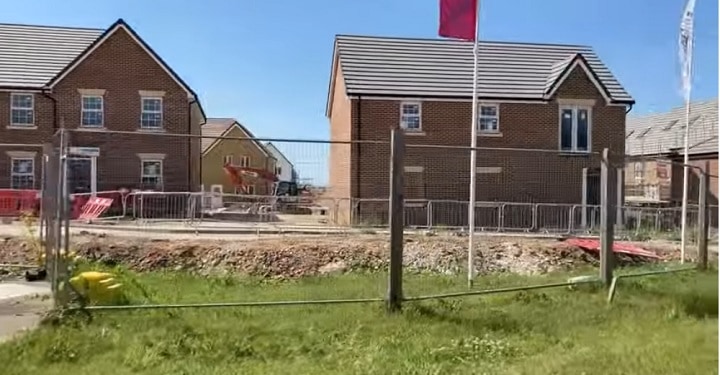
Thanet council Cabinet members have agreed the purchase of five homes in Broadstairs to be let to those on the housing list and/or in temporary accommodation.
The purchase is part of the council’s plan to buy or build 400 affordable rented homes by 2027. The homes are to be let at Local Housing Allowance rates to Thanet residents on the housing list.
Thanet council was contacted by Millwood Homes which is required to deliver five new affordable homes, as part of its development at Reading Street.
The developer was unable to secure an affordable housing provider to take on the properties and Thanet council has now agreed to spend £800k and £50k for associated costs to buy them for authority housing stock.
The properties are one 1 bed flat, one 2 bed flat and three 3 bed houses.
Cllr Helen Whitehead, who is the Cabinet member responsible for housing, said: “There is a significant level of need for one bedroom homes as well as larger family homes.
“Very importantly this provides social housing in an area of Thanet that is often inaccessible for renters. Property and rental costs in Broadstairs are significant and acquiring genuinely affordable housing in Broadstairs is often challenging ensuring that all of our isle is accessible to residents is incredibly important and local individuals and families should be able to remain where their local connections are.”
The homes, through rents, will begin to provide a surplus by year 13, meaning those funds can go towards further affordable housing.
Cabinet members also agreed the purchase of a further five 3-bed homes at Westwood which will be part funded by a government grant.
Four homes will be to temporarily accommodate Ukrainian and Afghan refugees before then being used as part of the general housing stock and one will be for temporary accommodation.
Thanet has been allocated £694,000 from the government’s Local Authority Housing fund which it must match with £788,860 from its housing capital programme.
This is the second round of the LAHF scheme, Thanet received £1.9m in the first round and in June agreed to match-fund the grant with £1.996million from its housing capital programme to buy 6 x 3 bed units and 3 x 4 bed units being built at Westwood. The homes will be used for Thanet households on the housing list after the government specified period of three years.
This scheme delivers a surplus to the council, through rents, from year one due to the grant funding towards the purchase.
Cllr Whitehead said the developer has provisionally agreed to an offer of £1.4m for the homes, which is 80% of the market price.
In July Thanet council agreed to ‘significantly’ speed up its affordable housing development with the aim of providing at least 400 social homes by 2027.
Members also approved a £7.485m spend to buy 51 new homes to “kickstart” the programme.
These were made up of 42 properties at the Spitfire Green development by Barrett Homes at a cost of £5m the nine Ukrainian and Afghan refugee households.
Since 2015, the council has added to its existing housing stock by building or buying 144 new affordable rented homes. This represents over 60% of the 313 new affordable homes provided by the council and its housing association partners in that period.
The council currently sets affordable rents at the lower of either 80% of market rent or the Local Housing Allowance (LHA) rate. LHA rates have not been increased since April 2020 and will remain fixed until at least 2024/25.
Cabinet members are due to discuss the purchase of another 24 homes at Tothill Street in Minster when they meet in December.
The cost of the eight 1-bed and 16 two-bed properties is circa £3.2m.

